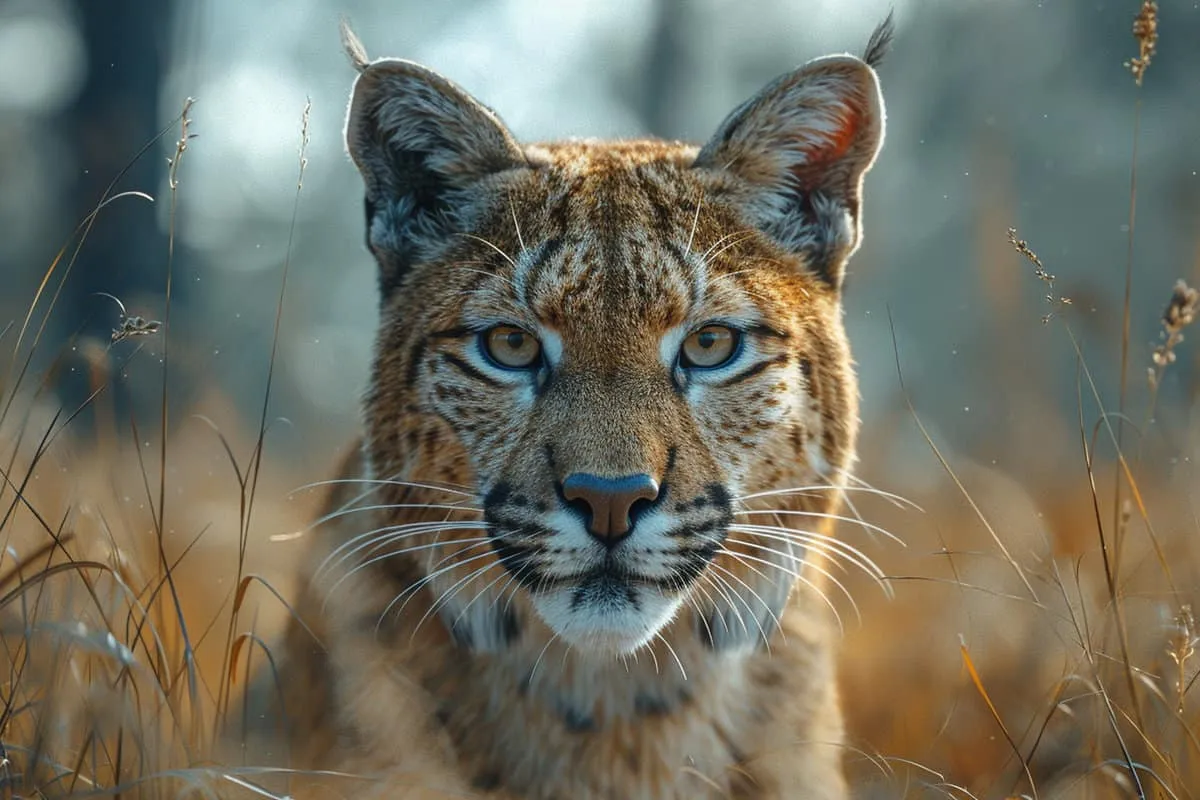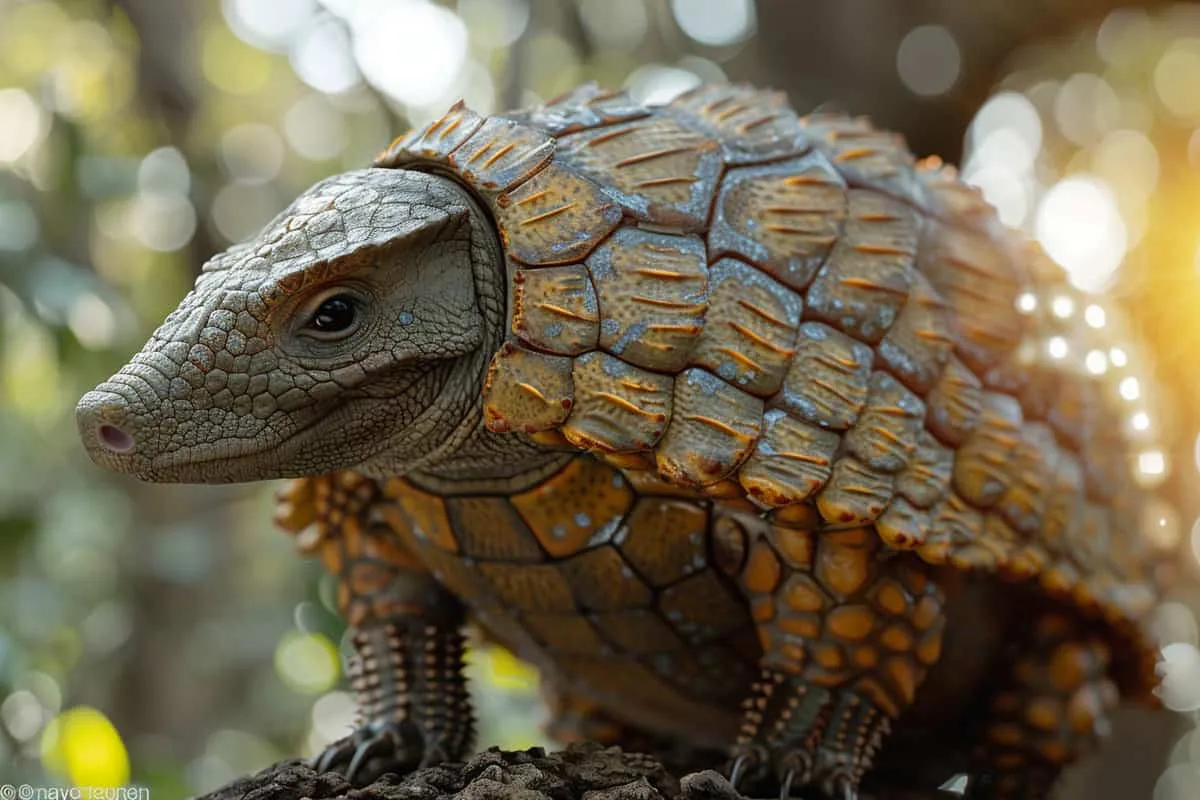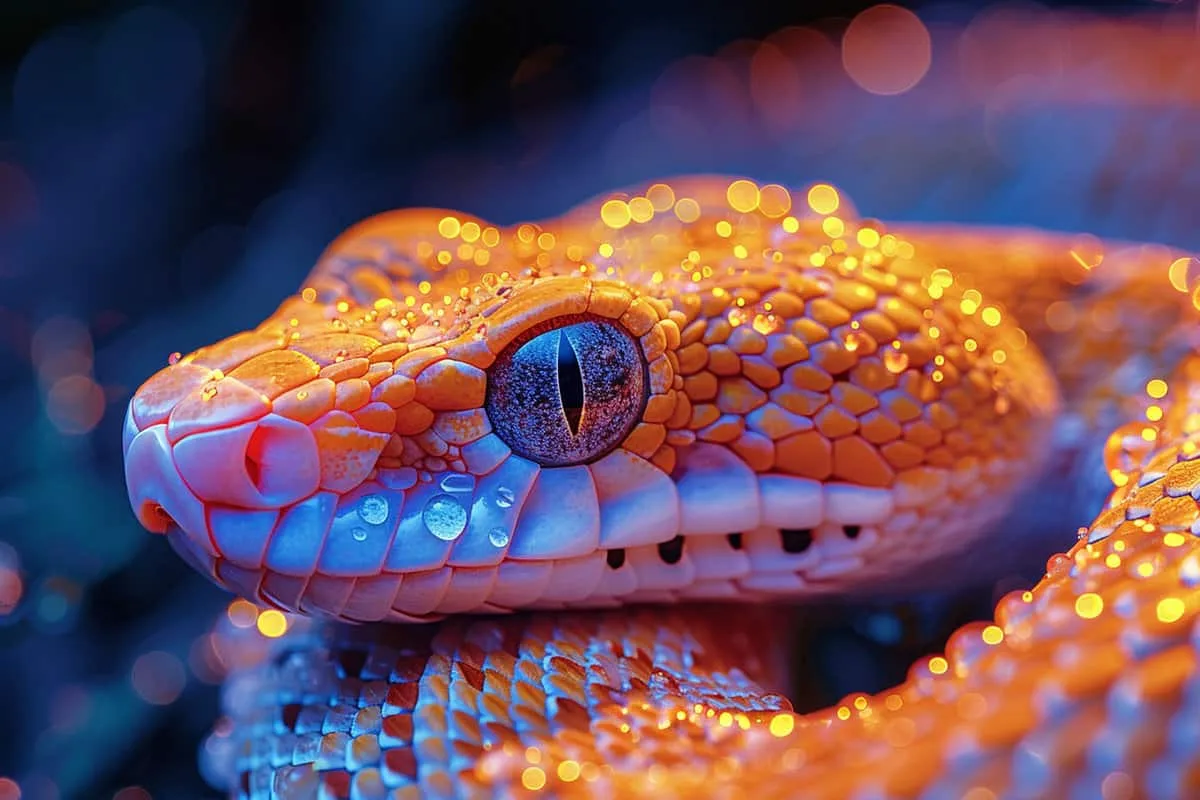Hamster Facts: Top 10 Must-Know Insights for Pet Owners
Hamsters are more than just cute faces and fluffy bodies; they’re creatures of mystery and surprise. From their incredible night vision to their cheek pouches that act like mini storage units, these small critters pack a lot of fascinating traits into their tiny frames.
Did you know hamsters can store an impressive amount of food in those cheeks, or that they prefer running miles on their wheels at night? Each fact about these adorable pets is more astonishing than the last, making them endlessly interesting to learn about.
So, if you’re curious to dive deeper into the world of hamsters and uncover what makes them such unique companions, scroll down for a roundup of our top picks. You might just find yourself seeing these furry friends in a whole new light.
1. Hamsters are nocturnal creatures.
Hamsters are known for being adorable, small pets that fit perfectly into the lives of those who may not have space for a larger animal like a cat or dog. However, one key aspect of their behavior is often surprising to new hamster owners: they are nocturnal creatures.
This means that hamsters are mostly active at night and spend most of the day asleep in their burrows or bedding.
If you’ve ever wondered why your little furry friend seems so quiet during the day, only to start running on its wheel or exploring its cage after sunset, it’s because this is when they feel most energetic and ready to play.
Being nocturnal has its advantages for hamsters in the wild; it helps them avoid predators and allows them to feed with less competition from other animals. For house pet owners, this means planning interaction times later in the evening when your hamster wakes up and becomes more playful.
Understanding this habit can also help you create a better living environment for them by ensuring their sleeping area is quiet and undisturbed during daylight hours. This way, when nighttime comes around, they’re well-rested and ready for some fun!
2. There are over 20 species of hamsters.
Hamsters come in a variety of shapes and sizes, making them one of the most diverse small rodents in the world. From tiny dwarf hamsters that can fit in the palm of your hand to larger species like the common or golden hamster, there’s a wide range to choose from.
Each species boasts its unique color patterns and coat types, ranging from solid colors to those with fancy stripes or spots.
These furry friends inhabit different corners of the globe, adapting to various environments. While some prefer the cozy confines of human homes as pet hamsters, others thrive in wild habitats across Europe and Asia. The contrast between domesticated pet varieties and their wild cousins highlights their adaptability.
Among these numerous species, only a handful have become popular as pets. Dwarf hamsters and golden hamsters lead this category due to their friendly nature and manageable size for home care. However, many other fascinating but rarer species remain mostly known only among enthusiasts.
Pet owners favor female hamsters for their slightly less territorial behavior compared to males, which is something worth considering when choosing your next little companion.
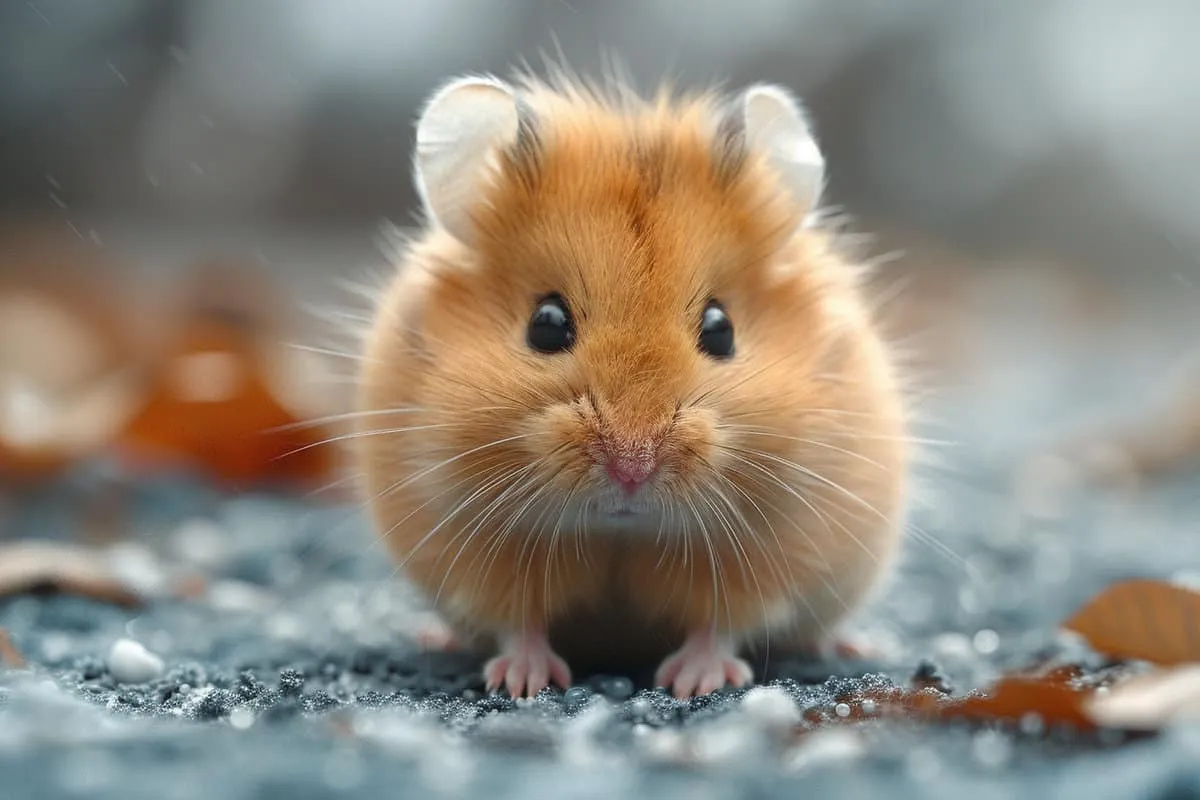
3. Hamsters have cheek pouches for storing food.
Hamsters are like tiny, furry survivalists with a unique trick up their sleeves—or, more accurately, in their cheeks. Their cheek pouches act as built-in storage units, allowing them to carry food equal to half their body weight.
Imagine going to the grocery store and being able to stash all your snacks and treats inside your cheeks for the journey home!
But it’s not just about hoarding food. These pouches also serve another practical purpose: transporting bedding material. Whether it’s shredded paper or soft bits of cloth, hamsters use these supplies to make their nests cozy and comfortable.
The design of these pouches is fascinating too; they extend back to their shoulders! This isn’t just a small pocket we’re talking about—it’s a sizable storage space that stretches far into their bodies. It gives them a significant advantage.
4. The Syrian hamster is the largest species.
The Syrian hamster, often called the “Teddy Bear” or “Golden” hamster, stands out in the world of small pets. This species can grow impressively large, with some reaching up to 7 inches long. That’s quite big if you compare it to other types of hamsters!
One fascinating fact about these fluffy creatures is their preference for solitude. Unlike other animals that might enjoy a buddy, Syrian hamsters prefer living alone right from a young age. If they are kept together with others beyond their early weeks, it could lead to fights.
Why do people love them so much? Well, besides their adorable size which makes them look like living teddy bears (hence one of their nicknames), they also have a friendly nature towards humans. This makes them fantastic pets for those who promise to give them enough space and respect their need for alone time.
Here’s a quick rundown:
- Nickname: Teddy Bear or Golden Hamster.
- Size: Can grow up to 7 inches long.
- Personality: Loves being solo; not a fan of sharing its space with fellow hammies.
So next time you see one of these gentle giants in someone’s home or at the pet store, remember – despite their cuddly appearance and friendly demeanor towards humans, they’re little loners at heart who thrive best when given their own kingdom to rule over.
5. Hamsters have a short lifespan of 2-3 years.
Hamsters, those tiny balls of fur we adore, don’t stay with us for very long. Their lifespan usually spans just 2 to 3 years. But here’s something interesting: not all hamster types live the same amount of time. Some species might sneak in an extra year if they’re really lucky and well-cared-for.
Speaking of care, it turns out that how we look after our hamster buddies can actually help them live a bit longer! A balanced diet, a clean cage, and regular check-ups at the vet can make a big difference.
Compared to some other small pets, hamsters seem to race through their lives quicker. Think about it like this: if pets were cars on a highway, hamsters would be the ones zooming by fast while others take the scenic route.
6. They are solitary animals and prefer to live alone.
Hamsters, unlike some other small animals, value their solitude. When they share space with others of their kind, it can lead to trouble. They might become aggressive towards each other because they’re hardwired to protect their territory.
Living alone is actually better for a hamster’s well-being. It prevents stress and fights that often occur when they have cage mates. This is especially true during breeding season when their natural instincts can make them even more territorial.
Each hamster needs its own space—its own cage—to thrive. Imagine having your own room with everything you love; that’s what separate cages mean for hamsters. These cages serve as their habitats where they can eat, sleep, play, and exercise without any fear of being threatened by another hamster.
It’s not just about avoiding fights; giving each hamster its own cage also helps in monitoring their health better and ensuring good animal welfare practices are followed. Plus, since every individual has unique scent glands marking its territory, separate living spaces help maintain peace among these furry pets.
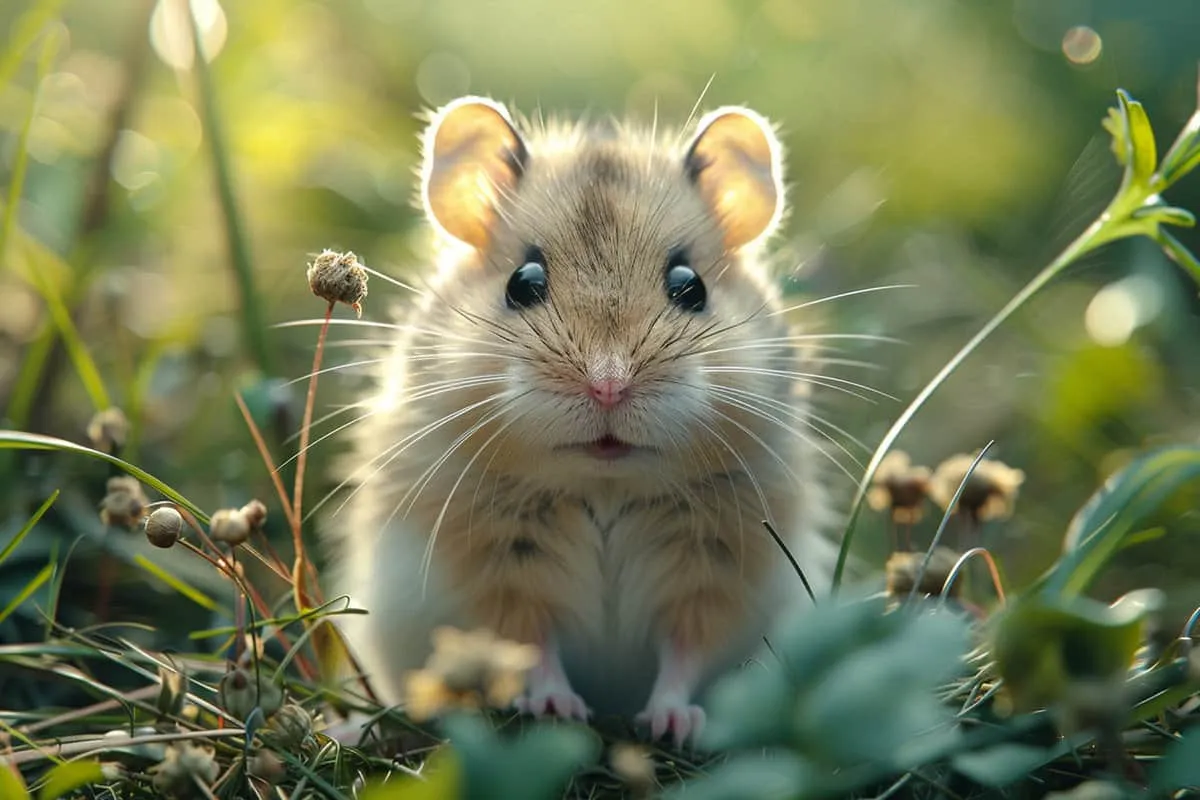
7. Hamsters can run up to 8 miles in a single night.
Hamsters have an incredible love for running, especially on wheels when they’re kept as pets. This isn’t just a fun pastime; it’s a crucial part of their well-being.
In the wild, hamsters travel long distances every night in search of food. This journey is not just about survival but also keeps them healthy and fit.
When you upload a wheel into their cage, you’re linking them back to their natural instincts. It provides them with a way to mimic the extensive travels they would undertake in their natural habitat.
The distance they cover can be astonishing – up to 8 miles in one night! That’s like us walking from one end of town to another.
Running does more than keep hamsters physically fit; it’s essential for their mental health too. Without this activity, hamsters can become bored and even develop health issues related to inactivity.
- In captivity: Loves running on wheels.
- In the wild: Travels long distances for food.
- Health benefits: Keeps them healthy and fit by mimicking natural behaviors.
8. Their teeth never stop growing.
Hamsters have a unique dental feature; their teeth keep getting longer throughout their lives. This constant growth means they need something to help wear the teeth down.
Chew toys become essential for this reason, acting as a tool for dental care and ensuring their teeth stay at a healthy length.
Without these chews, hamsters can face serious health issues. Overgrown teeth can interfere with feeding, leading to malnutrition or even injury inside the mouth.
Chewing is more than just a pastime for these little creatures; it’s an instinctive behavior that plays a crucial role in maintaining dental health.
Including various chewable items in their habitat—like wooden blocks or safe plants—can mimic their natural environment and fulfill this need effectively.
Veterinary experts often highlight the importance of monitoring your hamster’s dental health regularly. An abnormal growth can lead to severe complications if not addressed timely, emphasizing why proper diet and suitable chewables should be part of every hamster’s daily life.
9. Hamsters are colorblind and have poor eyesight but excellent hearing.
Hamsters might not see the world in color or detail, but they have other amazing ways to understand their surroundings. Since they are colorblind and have poor eyesight, they depend heavily on their sense of smell and hearing.
Imagine navigating your way through a dark room by just listening and sniffing around; that’s how hamsters do it every day!
Their ears are super sensitive, especially to high-pitched noises and sudden sounds. So, if you’ve ever wondered why your hamster jumps when you drop something loud near them, now you know. It’s because their hearing is top-notch.
Besides relying on their keen sense of hearing, hamsters also use their whiskers to feel what’s around them. These whiskers act like tiny antennas picking up information about the size, shape, and texture of objects nearby. This helps them move around without bumping into things.
10. The name “hamster” comes from the German word “hamstern,” meaning “to hoard.”
Hamsters are natural collectors, a habit that’s right in their name! This unique trait is not just cute; it’s crucial for their survival.
In the wild and at home, they have an instinct to store food. This behavior ensures they always have something to eat, especially during less bountiful seasons.
The term “hamstern” perfectly captures this aspect of hamster behavior. It shows us how closely their names are linked to what they do best—hoarding food for later.
This storing habit also reflects on how we care for them as pets. Providing toys and spaces where hamsters can mimic their natural hoarding can make them feel right at home. It gives them a chance to engage in this instinctual activity safely.
Understanding why hamsters hoard helps us appreciate these little animals even more. Their behavior isn’t just adorable—it’s a smart survival tactic passed down through generations.
Frequently Asked Questions
How long do hamsters typically live?
Hamsters have a cozy lifespan of 2-3 years. So, cherish every moment with these tiny buddies!
Can hamsters see colors?
Nope, hamsters are colorblind and don’t have the best eyesight. However, they make up for it with stellar hearing.
Do all hamsters enjoy company?
Actually, no. Hamsters are the introverts of the animal kingdom; they prefer flying solo.
What’s so special about Syrian hamsters?
Syrian hamsters take the crown as the largest species among their kind. They’re like the gentle giants of the hamster world.
Why do hamster teeth never stop growing?
It’s just how they’re wired! Their teeth keep on growing to ensure they can munch away without issues.
How far can a hamster run in one night?
Imagine running up to 8 miles every single night! Hamsters could give marathon runners a run for their money.
Where does the name “hamster” come from?
The name “hamster” is borrowed from German “hamstern.” “Hamstern” means “to hoard.” And boy, do they love stashing away snacks!



